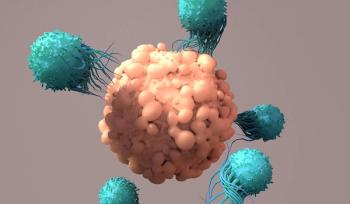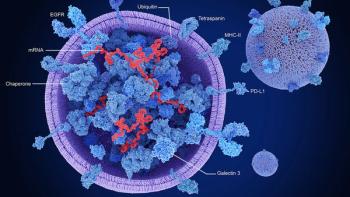
Study Reveals New Group of Antibodies to Fight Ebola
Researchers discovered more than 300 antibodies that reacted with the Ebola virus’s surface glycoprotein and could be used to neutralize many strains of the virus.
A research team including scientists from The Scripps Research Institute (TSRI), a not-for-profit organization focusing on research in biomedical sciences, has identified a new group of antibodies to fight the Ebola virus.
The study, published on Feb. 18, 2016 in Science, revealed a previously unknown site of vulnerability in the structure of the virus. Antibodies isolated from the blood of a survivor of the 2014 Ebola outbreak that could interact with this vulnerable site have the potential to guide the development of a vaccine for therapeutic treatment of Ebola, TSRI said in a press announcement.
The study showed Ebola to have several weak points in its structure where antibodies can target and neutralize the virus. According to TSRI, the immune system typically needs a long period of trial and error to produce the right antibodies against these sites. For this reason, researchers have only been working with a small library of anti-Ebola options. Despite the limited library, researchers have had success in designing antibody mixtures that target several weak points simultaneously.
This study used a recently launched single B-cell isolation platform from Adimab, which researchers used to discover more than 300 antibodies that reacted with the Ebola virus surface glycoprotein-the viral structure that fuses with host cells. Researchers from TSRI and the US Army Medical Research Institute of Infectious Diseases (USAMRIID) performed an analysis of the therapeutic potential of the antibodies.
Researchers used electron microscopy to investigate where the antibodies were binding to the virus. The imaging revealed a weak spot in the virus structure, a spot at the base of the virus surface glycoprotein. Although the virus mutates rapidly, this spot tends to remain the same and targeting it could neutralize many strains of Ebola.
According to TSRI, 77% of the antibodies in the study showed the potential to neutralize the Ebola virus and several demonstrated significant protection against the virus in mouse models. The institute said in a press announcement that researchers may be able to use these antibodies to design treatments and secondary treatments for Ebola. The research team has made genetic sequences of the antibodies available to the research community to encourage further studies. In addition to the Ebola virus, TSRI says these techniques could be used to find treatments for other emerging diseases, such as the Zika virus.
Source:
Newsletter
Stay at the forefront of biopharmaceutical innovation—subscribe to BioPharm International for expert insights on drug development, manufacturing, compliance, and more.





